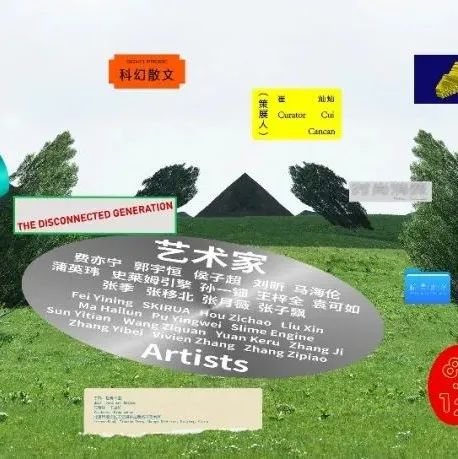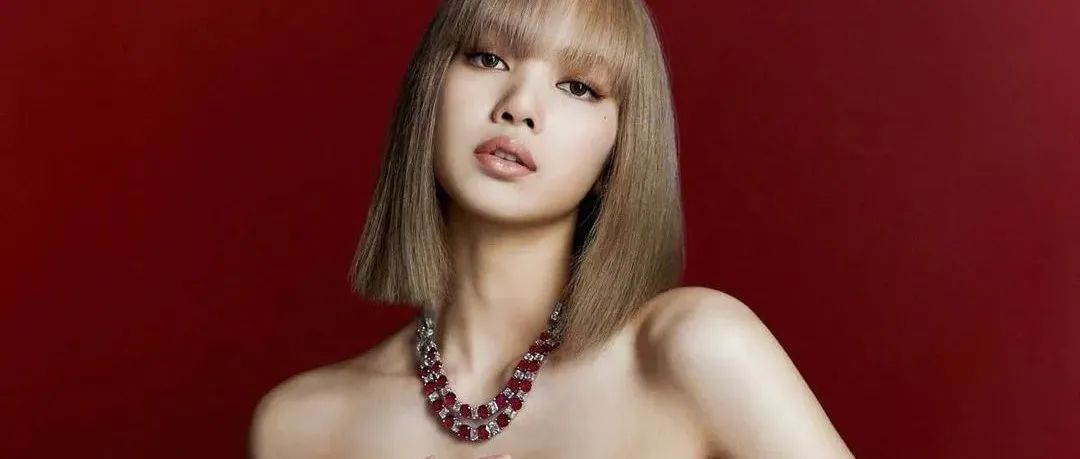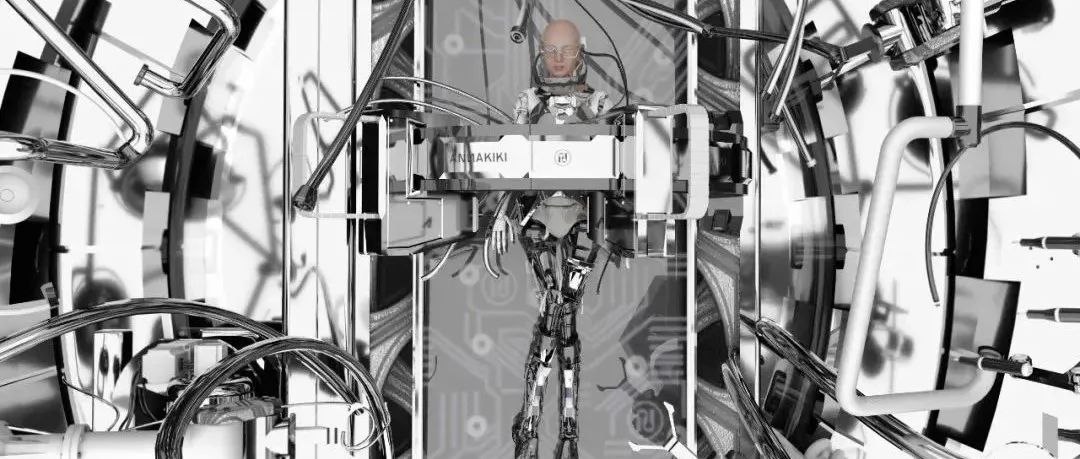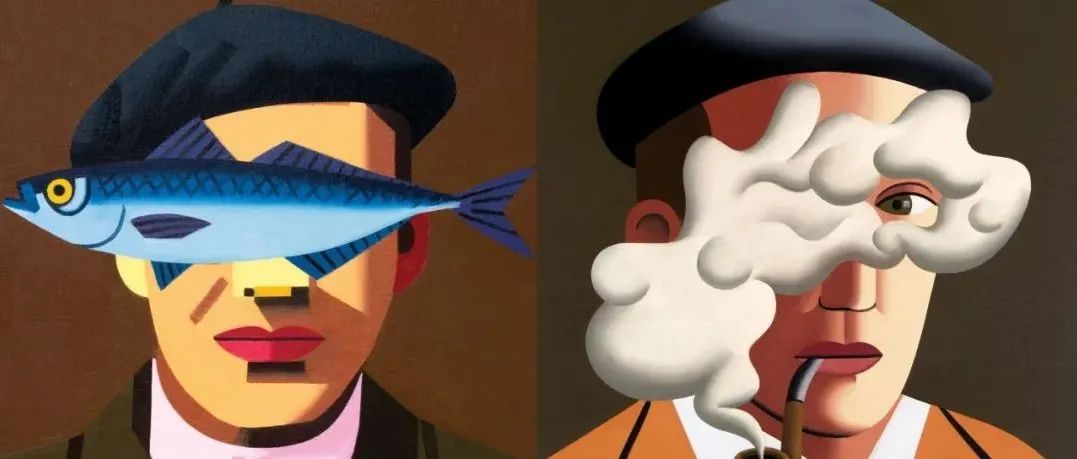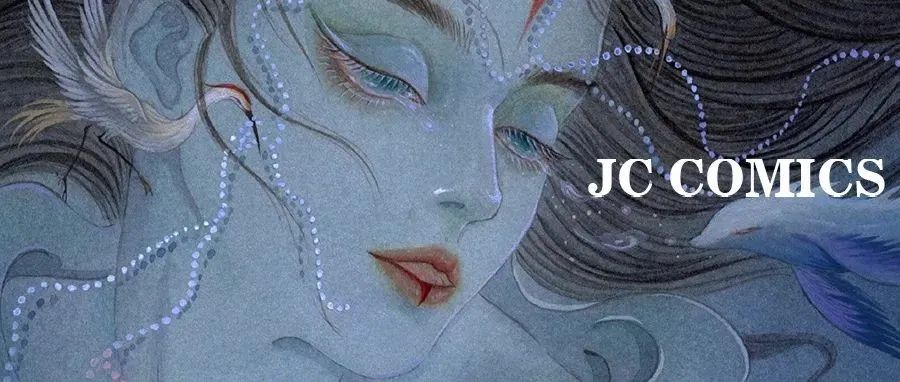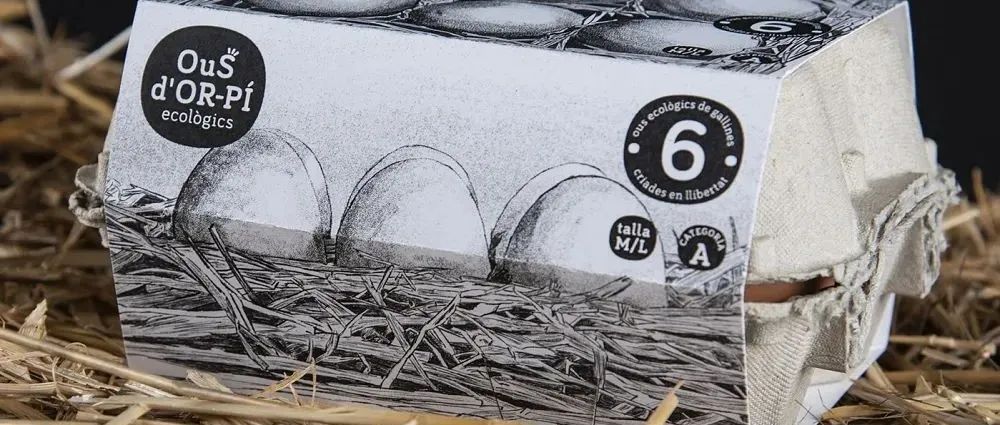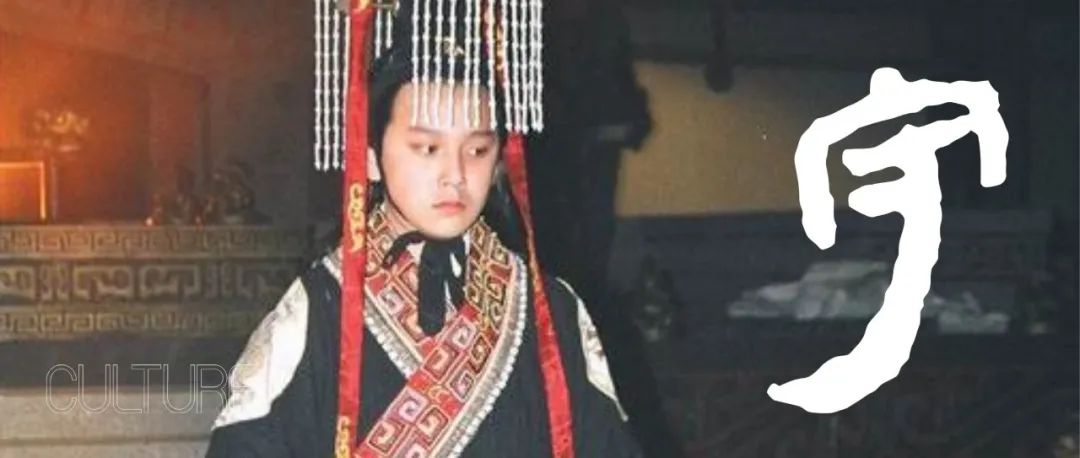Designed by 702 Design
Electronic-colors,Internet-ization,Fashion Consumption,Science-Fiction Prose, and the GlobalIdentity of the Post-90s Generation.
Artist:Fei Yining,SKIRUA,Hou Zichao,
Liu Xin,Ma Hailun,Pu Yingwei,Slime Engine,Sun Yitian,Wang Ziquan,
Yuan Keru,Zhang Ji,Zhang Yibei,
Vivien Zhang,Zhang Zipiao
Curator:Cui Cancan
Exhibition period:From August 20 to December 4, 2022
ARTIST
Fei Yining
FEI Yining (yiningfei.com) is an artist who lives and works in Shanghai.By building multi-media narra-tives-spanning from 3D animation, moving-image, and sculpture, she present speculative tales and fantastical worlds where our alternative states of existence is possible.
Hou Zichao
Hou Zichao, born in 1988 in Shanxi, China, Hou Zichao received his BA Honors degree from Central Saint Martins College of Art and Design in 2012 and his Master’s degree from Chelsea College of Art and Design in 2013. Hou Zichao's practice involves a variety of media, including painting and installation, which focuses on the ambivalent relationship between man and nature in the current cultural context. His pictorial language emphasizes the distance between artificial landscape and nature, and an ideal environment that hovers between the garden of tranquility and the wilderness of desire.
In the confrontation between the electronic image viewing habits and the artist's painting behavior, a complex and personal expression between ancient divination and data algorithm is hidden - through the superimposition of pictorial layers and the extraction of information, a delicate balance between "chaotic" images and abstract intentions is achieved. For Hou Zichao, the nature is like an inexhaustible database that can be assembled into an "ideal scenery” by pulling out a few characters.
Liu Xin
Liu Xin (b. 1991, Xinjiang/China) is an artist and engineer.Xin graduated from MIT Media Lab with a master degree in Media Arts and Sciences after heer M.F.A from Rhode Island School of Design and B.E from Tsinghua University in Beijing (Measurement,Control Technology, and Instrument).Xin is the Arts Curator in the Space Exploration Initiative in MIT Media Lab. She is also an artist-in-residence in SETI Institute. In her practice, She is the recipient of nurmerous awards and residencies, including Porches Chinese Young Artist of the Year 2021, 30 under30 Asia,X Museum Triennial Award,the Van Lier Fellowship from Museum of Arts and Design, Sundance New Frontier Story Lab.Xin creates experiences/experiments to take measurements inour personal, social and technological spaces in a post-metaphysical world: between gravity and horneland, sorrow and the composition of tears, gene sequencing and astrology. Her recent researchand interest center around the verticality of space, extraterrestrial explorations and cosmic metabolism.
Ma Hailun
Ma Hailun (born 1992, Xinjiang, China). Her experience as a fashion photographer in New York has inspired her incentive to discover her hometown again with lens: She has expressed her strong interest and insights into the fashion culture, women’s fashion, post-90s and post-2000s in Xinjiang in her explorative fashion works since 2018. Ever since her return from New York to China in 2018, she has focused her attention on ordinary people in her hometown and creatively fused her experience and background as a professional fashion photographer in New York. Her creative works have also opened a new window for the audience to approach Xinjiang and helped people to understand the land from a new perspective.
©️superelle Photography:Lusha Alic
Pu Yingwei
Pu Yingwei, (b.1989), Lives and works in Beijing, China. Pu received his BFA from Sichuan Fine art Institute in 2013, DNSEP (MFA with Félicitation du jury) from École Nationale Supérieure des Beaux-Arts de Lyon in 2018.As an active contributor to the new generation of political conceptual art, Pu Yingwei has creatively inherited and developed the visual and ideological lineage of socialist art and early Chinese avant-garde art, he has drawn nutrition from the visual culture of revolutionary art and ideological propaganda, thus forming the unique language system and historical perspective. With the core pursuit of “how to interpret the complexity of contemporary China to himself and the world”, his practice spanning painting, writing, designing, curating and lecturing. He is also the artist who interprets the multiple identity narratives that he practices in the public sphere as a comprehensive mobilization of an artistic trend of thought.
Slime Engine
Slime Engine, founded in 2017, operated and curated by Li Hanwei, Liu Shuzhen, Fang Yang, and Shan Liang. Slime Engine is an online platform organization that utilizes the virtual world which is not limited by time and space, to develop unprecedented forms of art, exhibition and experience. Slime Engine excels at integrating art, interspersing and placing art in everyday experience. Their practice is based on parody and reconstruction of the existed reality, creating the new reality with collage aesthetics of integration, to provide critical feedback to the structure and order of the current world.
Photography:Du Yuzhou
Sun Yitian
Sun Yitian (b. 1991 in Zhejiang, China) graduated from the Painting Department of China Central Academy of Fine Arts, Beijing (CAFA) in 2015 and earned her Masters Degree in 2018. She is now completing her doctorate of Literature at the School of Humanities at Tsinghua University, Beijing. Her practice, which spans painting, installation, performance, and fashion employs material objects as metaphors of labor and production to reveal the inner mechanisms of our hyper-consumerist, patriarchal society. Sun's often photo-realist works examines the secret, increasingly tenuous connection between seduction and fear as well as the sculptural ‘thingness’ of her subjects.
Wang Ziquan
Wang Ziquan (born 1993) graduated from the Central Academy of Fine Arts(China) with a B.A. degree in sculpture in 2017 and from the Royal College of Art with an M.A. degree in 2019. Wang’s practice is rooted in his unique observation and understanding of the Internet and the virtual world, exploring the threshold values between virtuality and reality, and using 3D software to imitate the absurdity in the physical world. By using narrative computer images, he copies and pastes between virtual and real spaces.
Yuan Keru
Born in 1990 in Hangzhou, Yuan Keru graduated from School of Inter Media Art, China Academy of Art with an MFA in 2016, and currently lives and works in Shanghai. Yuan’s practice focuses on exploring the painterly quality, spatial rhythm and narratives of video, combining the on-going events, emotions with history, mythology, dreams and so on. She uses narrative films to present the plight of individuals in different sections in the history.
Zhang Ji
“Every time the spell is read aloud, the sentiments will be aroused once, and the notion will complete once again and be permanently carved with the time and space; the holes on the body will breathe once and again, move without cease and feel as warm as the tide, and the hidden surge below the skin sings the melody of life itself.”
Zhang Yibei
1992 Born in Daqing, China,Lives and works in Beijing.Yibei Zhang start with a proposition, that is, a rethinking of the relationship between artist, material and ideation. In this rethinking, the artist and her materials form the entity world and the entity world frames the ideation world; ideation and material together compose the imagery of the artist and this imagery leads, chicken and egg-like, to the collaboration of artist and material. Material, artist and ideation are therefore fated to co-exist. What then is material and who is the artist? Where is ideation? We might deem that the artist picks her material, be it stone, silicon or things that exist in the world (found or sought objects), because she combines her materials as reference objects to her subconscious. This poses for Yibei the question of whether the material belongs to the artist or vice versa, i.e. relative to material, the artist is moved and relative to the artist, the material is moved.
Vivien Zhang
Vivien Zhang (b. 1990, Beijing) is a London-based artist who spent her formative years in China, Kenya and Thailand. She received a BA in Fine Art from the Slade School of Fine Art, London in 2012, and a MA in Painting from the Royal College of Art, London in 2014. Zhang was also the recipient of the Abbey Residency Award for the British School at Rome in 2016. Zhang is currently an Associate Lecturer at Camberwell College of Arts. Vivien Zhang’s work interrogates the inconsistencies and paradoxes experienced as a "third culture citizen" and "digital native".
Portrait of Zhang Zipiao in her studioZhang ©️Zipiao. Photo: Yu Fan, Courtesy LGDR
Zhang Zipiao
Zhang Zipiao, born in Beijing in 1993. Influenced by the culture of YouTube, Instagram and other social networks, Zhang Zipiao in her creative process indirectly ponders the condition of the globalised everyday life, and the politics of representation, delineating contents that are oftentimes dismissed by social ethical frameworks. The painting surfaces reveal direct or nuanced erotic scenes and propositions, suggesting the artist’s affirmation of her ever-shifting position when it comes to subject matters. In her recent paintings, she takes personal life experiences as a starting point, returning to the subject matters of portraits and still lifes, to reflect on universal physical and spiritual connection through painting, a medium based on body.
SKIRUA
SKIRUA is a contradiction between reality, society, internet, and fantasy. "SKIRUA" is the name of Guo Yuheng's imaginary self, who travels through the timeline to become a mimic of different social phenomena, anime characters with different identities, and finally gets lost in herself. Guo Yu Heng has always aspired to become a fictional character, fall in love with a fictional anime character, get married to the dolls he incarnates, and finally divide her emotions, preferences, and soul into countless dolls. Each doll is its own "doppelganger", turning itself into a doll to wander and play in the fantasy world. Beauty, scars, and happiness are intertwined. The characters in Guo Yuheng's works are all "I," but her portraits themselves are submerged and transformed into a collection of countless sensations. In her fantasies, the "I" is able to continuously cycle through the processing, transformation, procreation, cutting, dueling, and murder of the "I.” Her imaginary world is a shelter of witches, sealing a myriad of intertwined feelings.
CURATOR
Cui Cancan,
an exhibition designer and author.
Since 2012, Cui Cancan has curated over a hundred major exhibitions and events. His major group exhibitions include “Heiqiao Night Away, “Rural Wash-Blow-Dry,” “FUCKOFF II,” “Unlived by What is Seen”, “Between the 5th and 6th Ring Road in Beijing”, “The Decameron”, “Rip It Up!”, “2015-2019 Spring Festival Special Series,” “The Curation Workshop,” “Nine-Tiered Pagoda”, “The Methodology of the New Generation,” and “Hometown Spring,” among others. He has also organized major solo exhibitions on artists including Ai Weiwei, Bao Xiaowei, Chen Danqing, Chen Yufan, Chen Yujun, Feng Lin, Han Dong, He Yunchang, Huang Yishan, Luo Zhongli, Li Binyuan, Liu Wei, Liu Gangshun, Liu Jianhua, Li Qing, Li Ji, Li Zhanyang, Mu Er, Ma Ke, Mao Yan, Polit-Sheer-Form, Qin Ga, Qin Qi, Sui Jianguo, Shi Jiezi Art Museum, Shi Jinsong, Shen Shaomin, Tan Ping, Wang Qingsong, Xie Nanxing, Xia Xiaowan, Xia Xing, Xiao Xing, Xu Zhongmin, Xu Xiaoguo, Yin Chaoyang, Yuan Yunsheng, Zong Ning, Zhang Yue, Zhang Yonghe, and Zhao Zhao, among others.
SONG ART MUSEUM
Song Art Museum,Located in Wenyu River, Shunyi District, Beijing, it was designed by the famous designer Mr. Zhou Guangming and officially opened to the public in 2017. In 2021, Mr. Ding Zehua became the curator, taking full charge of the operation and management of Song Art Museum. "Connection" is the mission of Song Art Museum. Only by connecting with people, objects and sites can we pursue a broad and deep common vision. On the road of building the cultural characteristics of the new era, Song Art Museum is constantly ushering in new restarts and transformations by virtue of the full-function planning that integrates the public, art and field.
本文来自微信公众号“松美术馆”(ID:gh_8786e2e9ebc4)。大作社经授权转载,该文观点仅代表作者本人,大作社平台仅提供信息存储空间服务。


